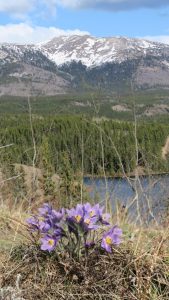
Well, there are actually 27 kinds of flowers lined up to be in Walking in Whitehorse: A Counting Adventure, starting with Prairie Crocuses. These bright flowers are the first to show their heads each spring in Yukon, peeping out on the top of south-facing slopes at the end of April. Just a few flowers to delight at first, an early sign of spring. A day or two later, and they blanket the hills in soft, fuzzy purple studded with yellow.
A few weeks later Arctic Lupines turn the forest into a flower garden, and later in the summer Fireweed blazes along rivers and roads. Roses scent the air, and Silverberry fills it with heady perfume.
Small flowers carpet the boreal forest floor, like Kinnikinnick and Low-bush Cranberry (two plants that look very similar), the white stars of Bunchberry blossoms, and delicate, nodding Twinflower. Then there are hidden delights like Calypso, a small pink Lady’s Slipper I’ve had the fortune to find in only one place so far, tucked into a special little nook in the hills around Whitehorse.
In Walking in Whitehorse: A Counting Adventure, kinds of flowers are counted, not just flowers themselves, because if flowers are blooming, it would be exceedingly odd to see only five or nine flowers during the course of a walk. Once they’re out, they’re everywhere!
Over the course of one summer (2023) I photographed more than 40 species of Yukon wildflowers – 27 are making it into the book, at current count. Flowers are featured on the ‘5’ page, with five kinds of flowers, in groups of five. My idea is that Walking in Whitehorse will be a bit of an advanced counting book, introducing concepts like counting by fives or twos as well as one by one. So the flowers are always in groups of five, and either the kind of flower can be counted, or the individual blossoms. (Or groups of blossoms. Many flowers produce heads with multiple flowers on a stalk, or composite flowers. I have therefore used clusters of flowers rather than individual flowers in many cases. I hope this doesn’t cause confusion, and would really appreciate feedback on this.)
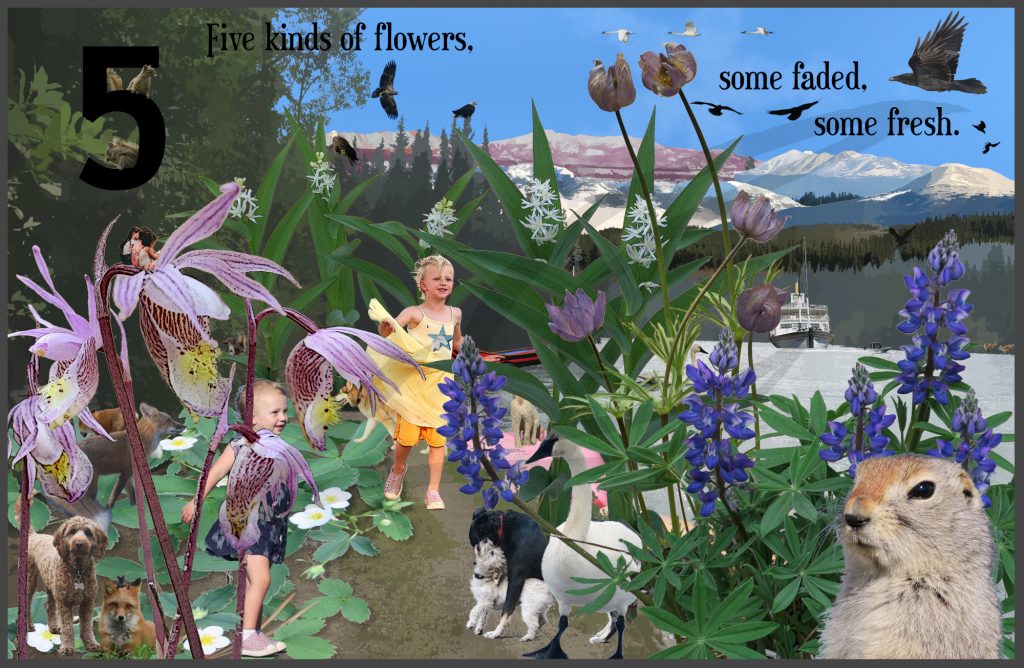
Flowers appear in the book in the order in which they bloomed over the course of the year – or at least in the order in which I came across and photographed them. I tried to take pictures of each species of flower the first time I saw them, which meant some hikes were very slow as I repeatedly stopped to take photos. This was especially true in June, when flowers were bursting out all over the place. My dog, Tasmin (she’s the black one in the picture above), would get quite impatient with our slow pace.
Some flowers are shown in successive changes in their growth cycle. Prairie Crocuses (which are not really crocuses) in particular change dramatically as they grow.
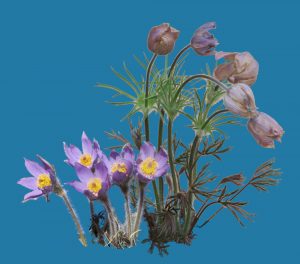
Taking clear, useable pictures of flowers for this book was a challenge, mainly because I have to be able to separate the flowers from their background. My first attempts revealed that while the flowers themselves were usually distinct enough to extract, their leaves and stems tended to blend with the greenery around them. So I did the separation at the time of photography, inserting a piece of heavy paper behind the plants I wanted to capture. That helped immensely when I got to the stage of computer manipulation of the images.
In the book all flowers pictured will be identified on the inside covers of Walking in Whitehorse, along with the mountains and animals featured. For the sake of clarity, only common English names will be given in the book (or names in whatever language the book is translated into, if I get that far!), but scientific names and those in other languages will be available here, as I figure them out. I think I’ve got all the flowers identified in English now, hopefully correctly. If you know what any of the flowers I’ve question-marked are really called, I’d love to know, too. Also please contact me (using the form at the bottom of the page) if I’ve misidentified anything!
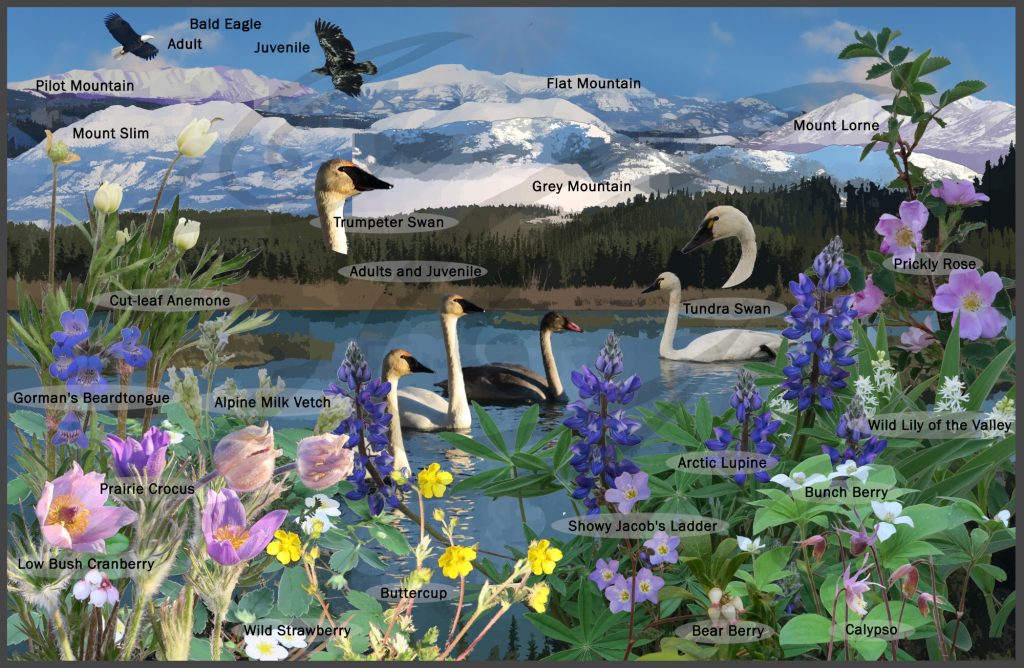
A great little resource for identification of Yukon flowers is the booklet Common Yukon Roadside Flowers, one in a series of Wildlife Viewing handbooks published by the Government of Yukon. I have also found Jozien’s Yukon Wildflowers to be a very helpful site.
Here are all the flowers from Walking in Whitehorse: A Counting Adventure. They are shown in the order in which they appear in the book, which is roughly the order in which they bloom throughout the year:
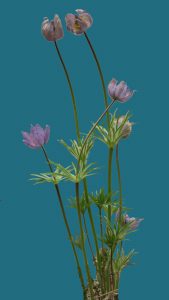
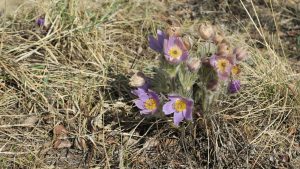
Prairie Crocus/Pasqueflower, Pulsatilla patens
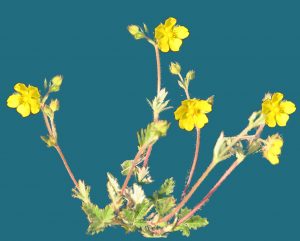
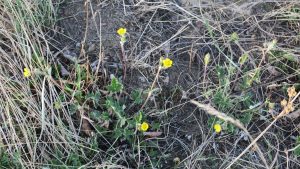
Buttercup, Ranunculus sp. ?
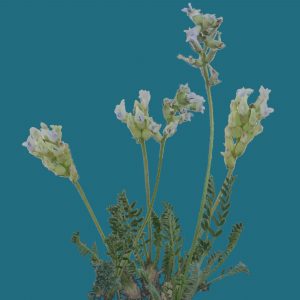
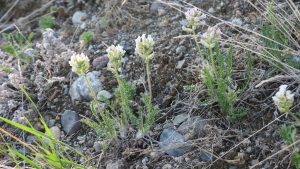
Alpine Milk Vetch, Astragalus alpinus?
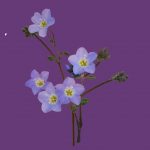
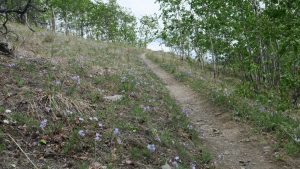
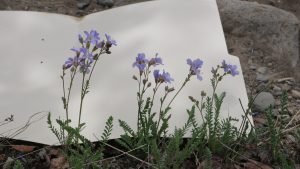
Showy Jacob’s Ladder, Polemonium pulcherrimum
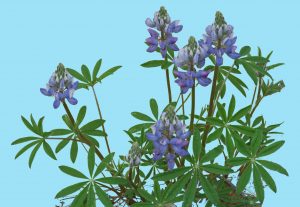
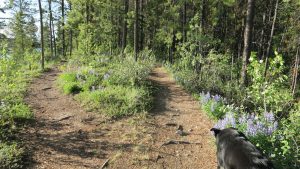
Arctic Lupine, Lupinus Arcticus
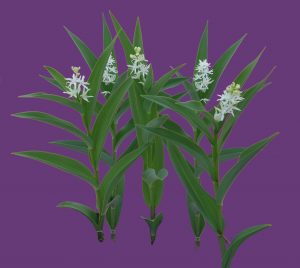
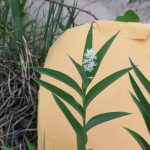
Wild Lily of the Valley, Maianthemum canadense
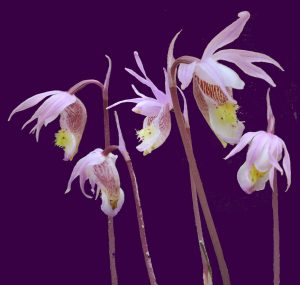
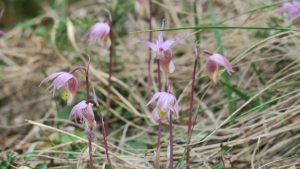
Calypso, Calypso bulbosa
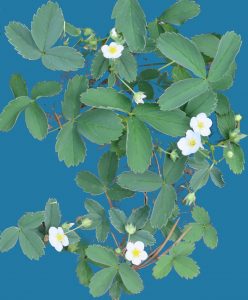
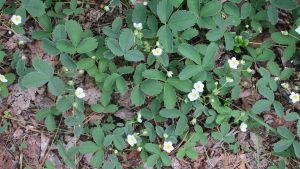
Wild Strawberry, Fragaria virginiana
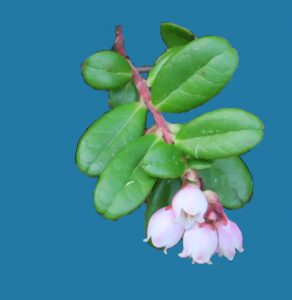
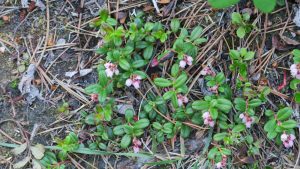
Low-bush Cranberry/Lingonberry, Vaccinium vitis-idaea
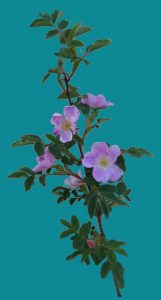
Prickly Rose, Rosa acicularis
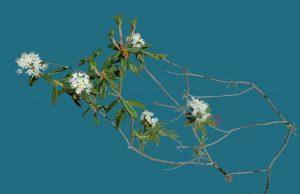
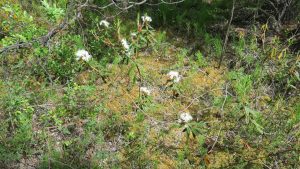
Labrador Tea, Rhododendron groenlandicum
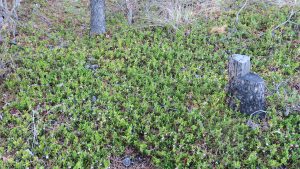
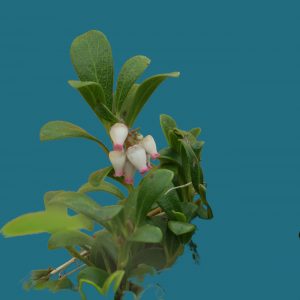
Bear Berry/Kinnikinnick, Artostaphylos uva-ursi
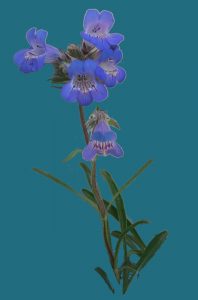
Gorman’s Beardtongue, Penstemon gormanii
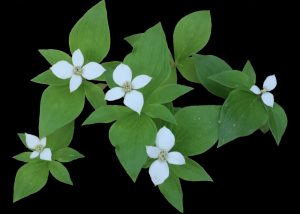
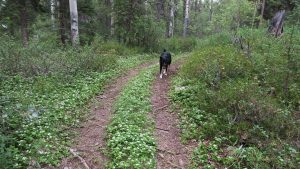
Bunchberry, Cornus canadensis

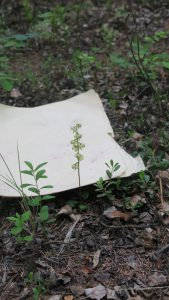
Arctic Wintergreen, Pyrola grandiflora
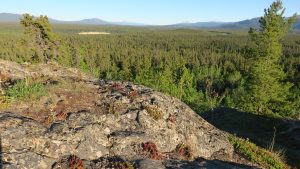
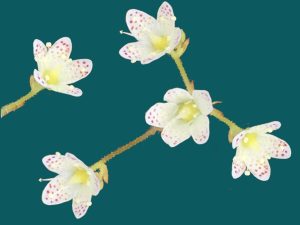
Prickly Saxifrage, Saxifraga tricuspidata
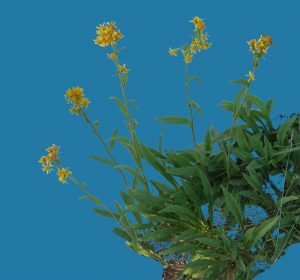
Northern Golden Rod, Solidago multiradiata
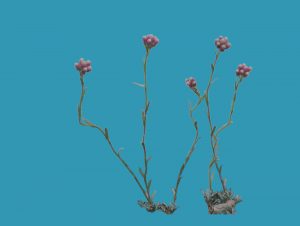
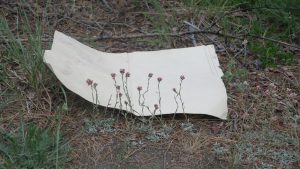
Pink Pussy-toes, Antennaria rosea
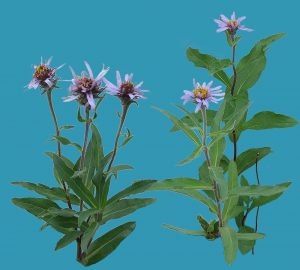
Siberian Aster, Aster sibiricus
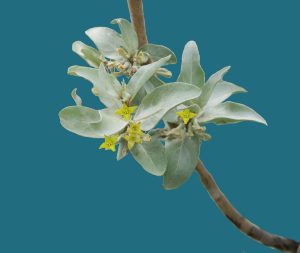
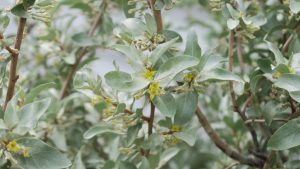
Silverberry/Wolf Willow, Elaeagnus commutata
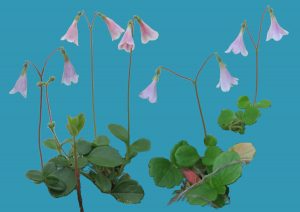
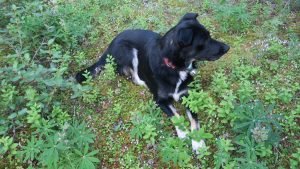
Twinfower, Linnaea borealis
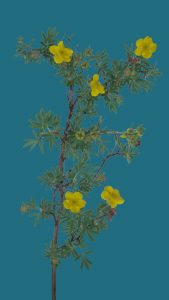
Shrubby Cinquefoil, Dasiphora fruticosa
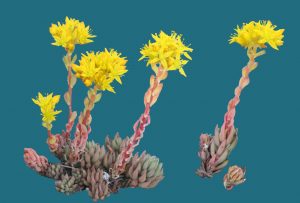
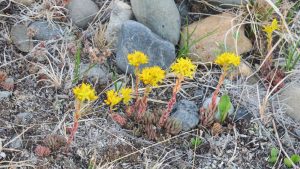
Stonecrop/Live-forever, Dudleya sp.
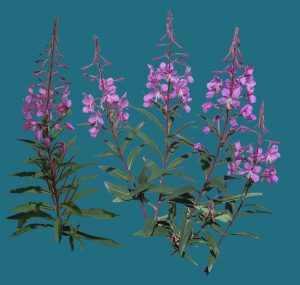
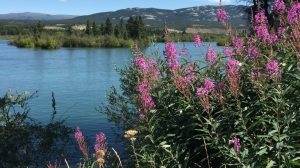
Fireweed, Chamerion augustifolium
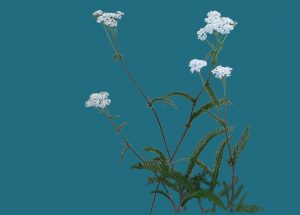
Common Yarrow, Achillea millefolium
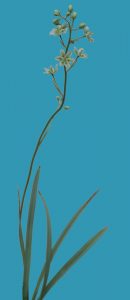
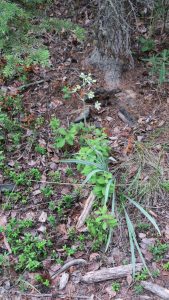
Mountain Death Camas, Zygadenus elegans
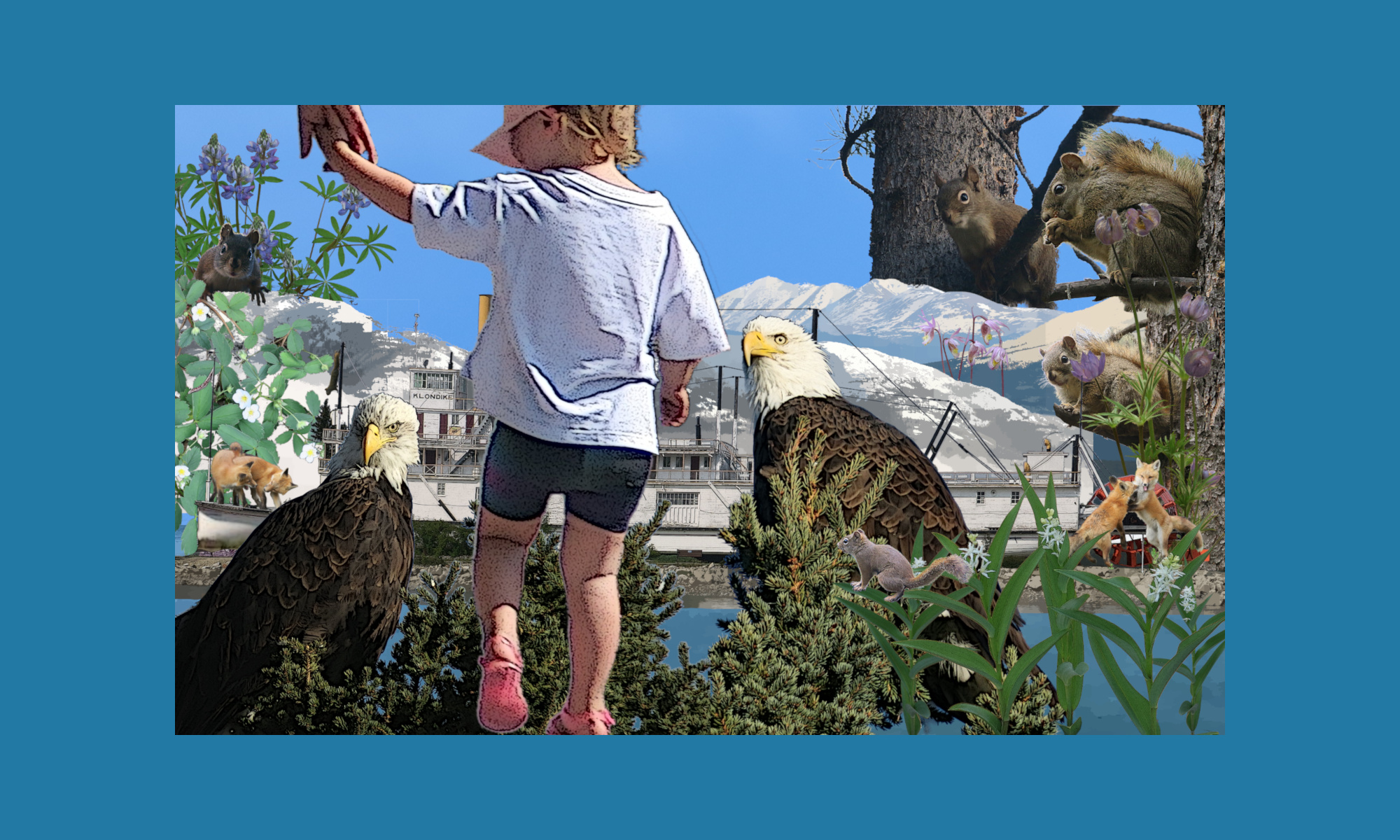
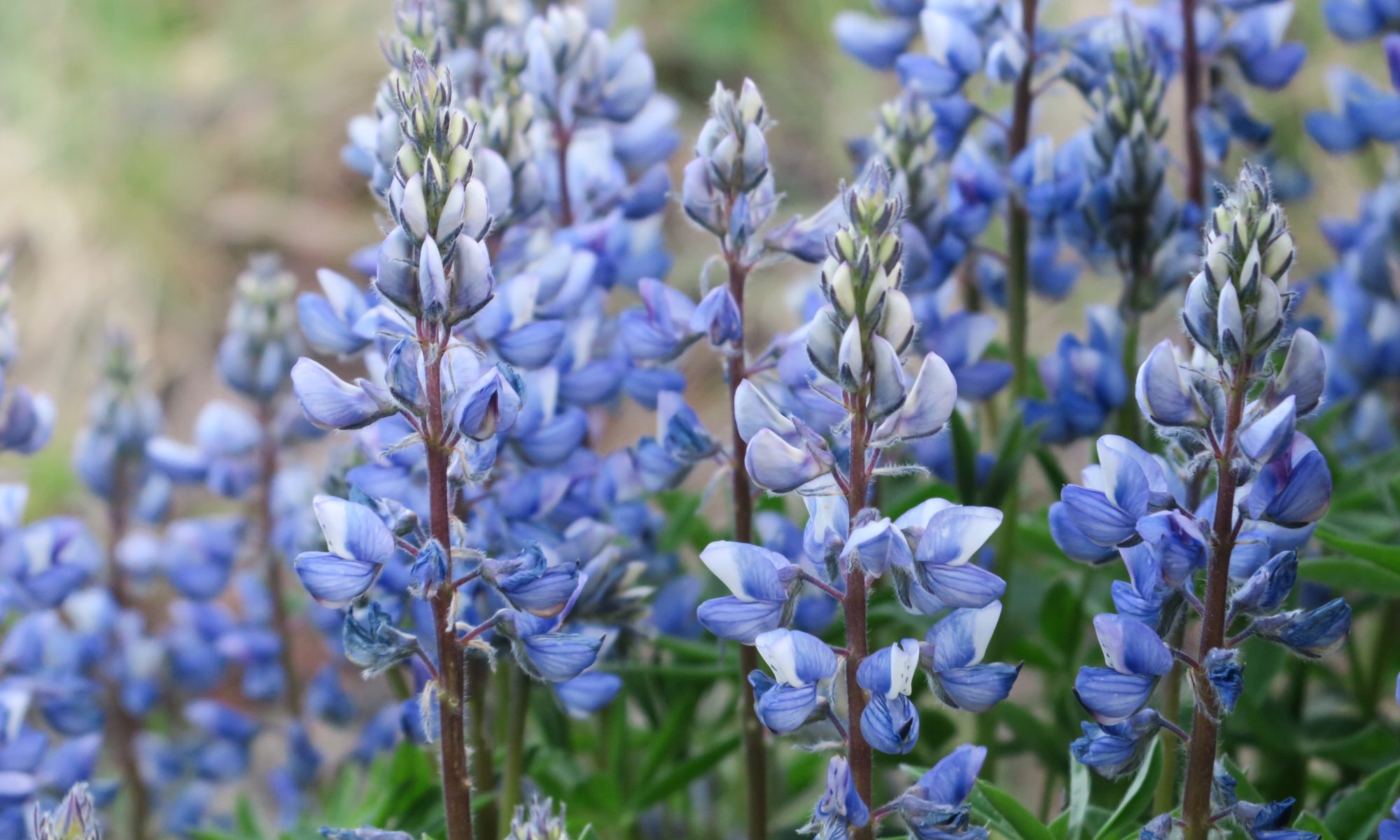
Peri you are an amazing woman, but I am not surprised. You always followed your own path.
I know that this will be a great book when you are finished.
Love Mom